Bad design? Examples anyone?
nativenut
17 years ago
Related Stories

LAUNDRY ROOMSThe Cure for Houzz Envy: Laundry Room Touches Anyone Can Do
Make fluffing and folding more enjoyable by borrowing these ideas from beautifully designed laundry rooms
Full Story
MUDROOMSThe Cure for Houzz Envy: Mudroom Touches Anyone Can Do
Make a utilitarian mudroom snazzier and better organized with these cheap and easy ideas
Full Story
BUDGET DECORATINGThe Cure for Houzz Envy: Living Room Touches Anyone Can Do
Spiff up your living room with very little effort or expense, using ideas borrowed from covetable ones
Full Story
BEDROOMSThe Cure for Houzz Envy: Master Bedroom Touches Anyone Can Do
Make your bedroom a serene dream with easy moves that won’t give your bank account nightmares
Full Story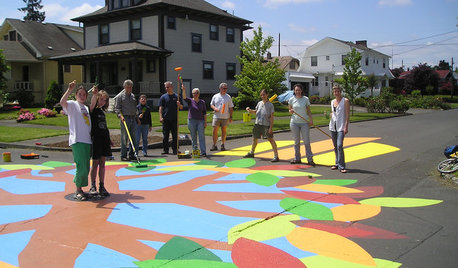
COMMUNITYCommunity Building Just About Anyone Can Do
Strengthen neighborhoods and pride of place by setting up more public spaces — even small, temporary ones can make a big difference
Full Story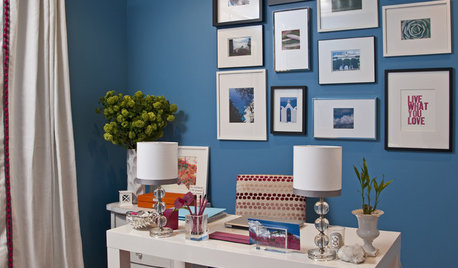
HOME OFFICESThe Cure for Houzz Envy: Home Office Touches Anyone Can Do
Borrow these modest design moves to make your workspace more inviting, organized and personal
Full Story
CLOSETSThe Cure for Houzz Envy: Closet Touches Anyone Can Do
These easy and inexpensive moves for more space and better organization are right in fashion
Full Story
KITCHEN DESIGNThe Cure for Houzz Envy: Kitchen Touches Anyone Can Do
Take your kitchen up a notch even if it will never reach top-of-the-line, with these cheap and easy decorating ideas
Full Story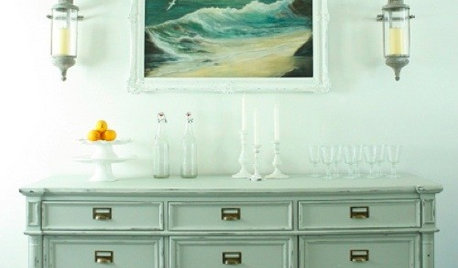
DECORATING GUIDESThe Cure for Houzz Envy: Dining Room Touches Anyone Can Do
Get a decorator-style dining room on the cheap with inexpensive artwork, secondhand furniture and thoughtful accessories
Full Story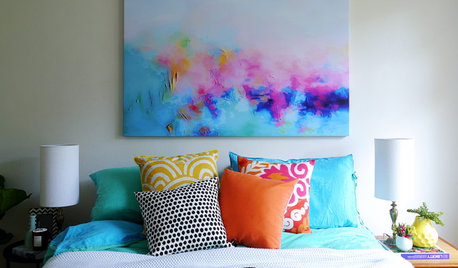
DECORATING GUIDES7 Bedroom Styling Tricks Anyone Can Do
Short on time or money? You can spruce up your bedroom quickly and easily with these tips
Full Story


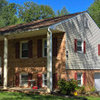

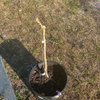

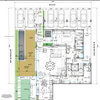
vicki_ca
laag
Related Discussions
Sad/Bad proud O.P. Here+ Examples
Q
Does anyone have examples of gallery wall balancing taller furniture?
Q
Examples of bad garden design--I need them!
Q
HELP! Bad Design, Bad install. WHAT SHOULD I DO? Any Suggestions?
Q
Brent_In_NoVA
barefootinct
Embothrium
laag
barefootinct
nativenutOriginal Author
crazy_lawn
nandina
Saypoint zone 6 CT
deeje
spunky_MA_z6
mjsee
prairie_love
Saypoint zone 6 CT
barefootinct
Embothrium
inkognito
Embothrium
Saypoint zone 6 CT
rusty_blackhaw
chelone
barefootinct
chelone
Cady
inkognito
annieinaustin
nativenutOriginal Author
inkognito
Cady
nandina
inkognito
wellspring
laurelin
laag
isabella__MA
gottagarden
Embothrium
Cady
chelone
deeje
chelone
nativenutOriginal Author
Embothrium
Cady
accordian
barefootinct
Cady
jacob_grow